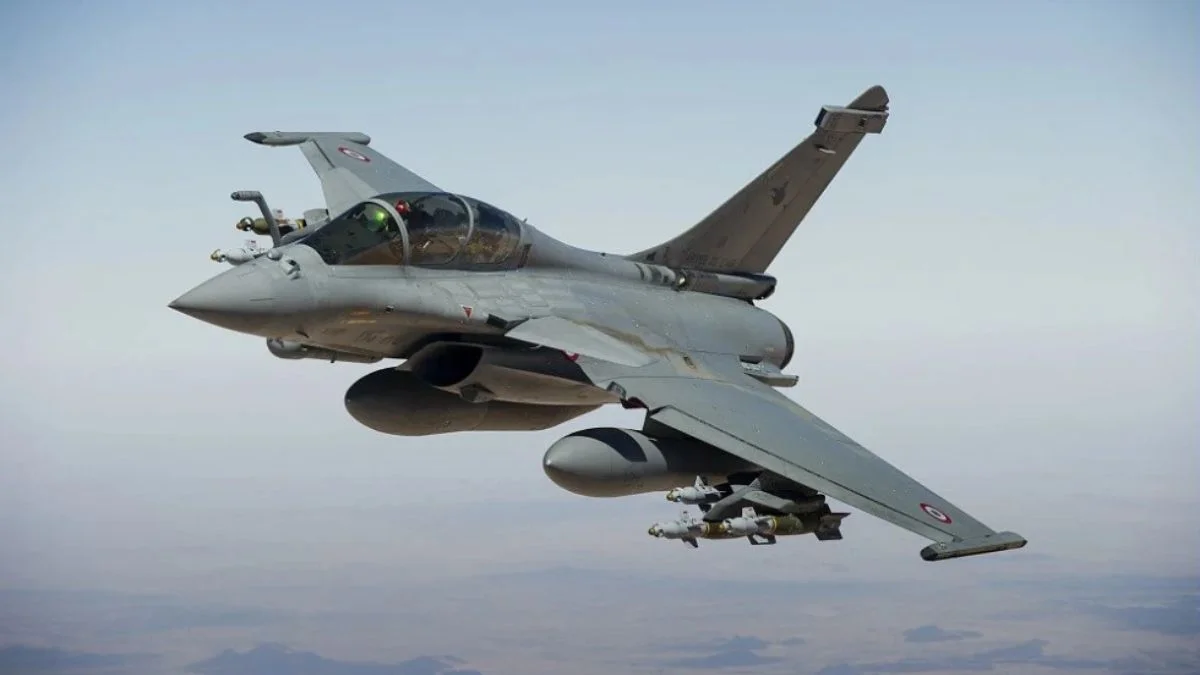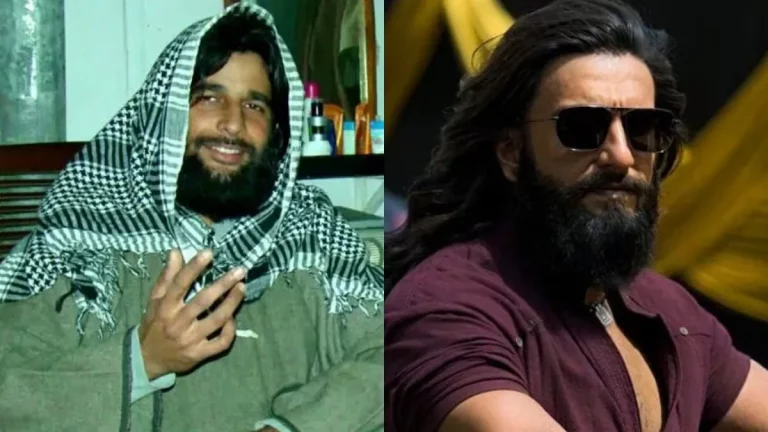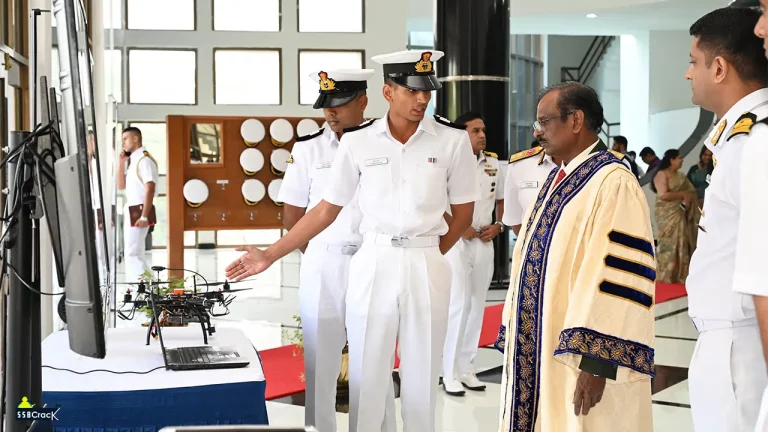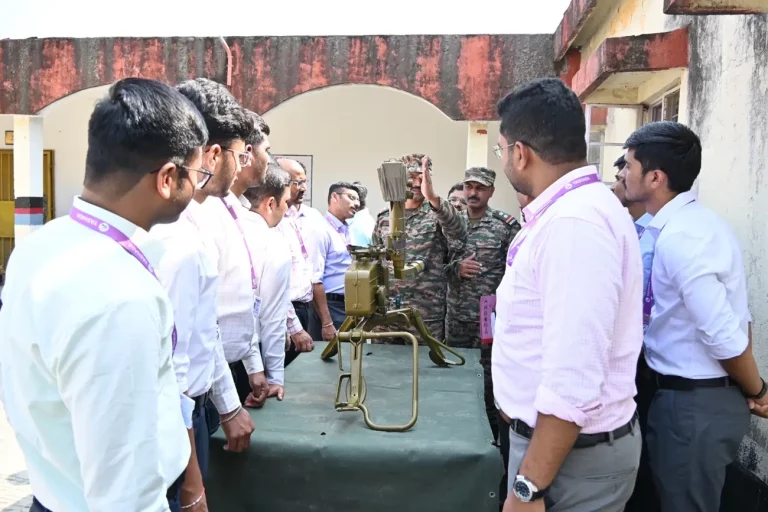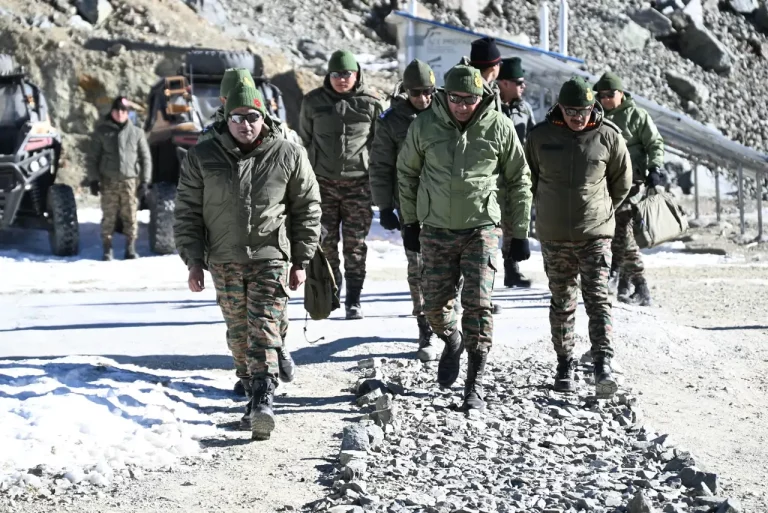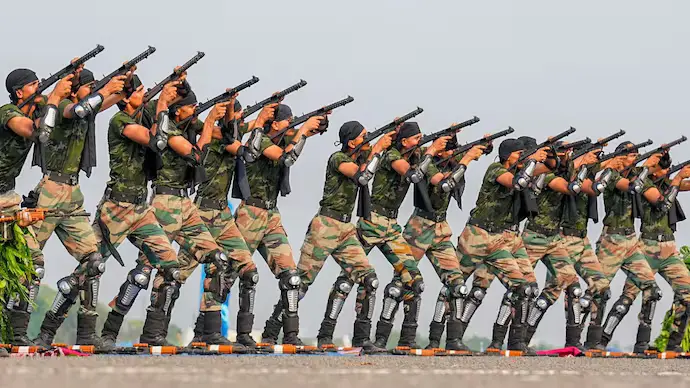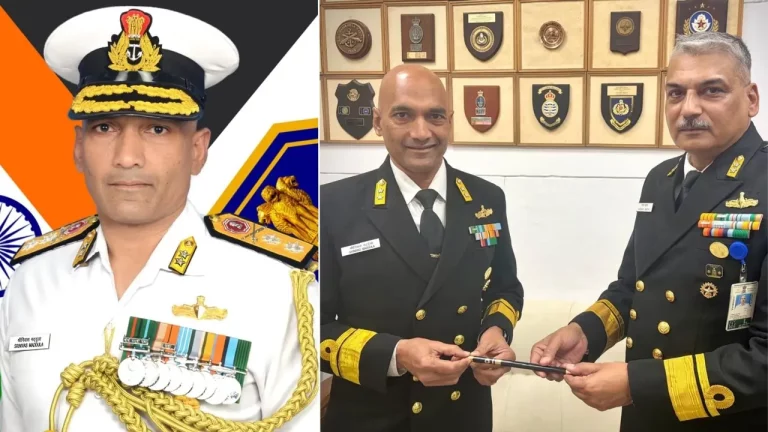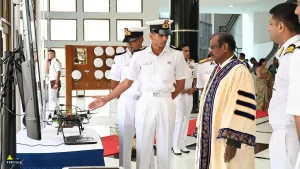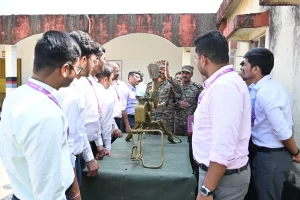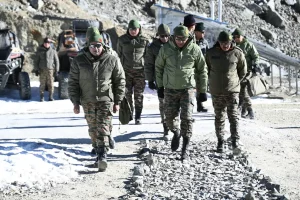By 2031, India’s air and naval defense capabilities are set to receive a significant boost with the addition of over 60 Rafale fighters, including the recently finalized acquisition of 26 Rafale M variants. Equipped with advanced weaponry and cutting-edge electronic warfare systems, these aircraft will enhance India’s strategic posture in the face of emerging threats from neighboring countries, particularly China and Pakistan.
Currently, the Indian Air Force operates 36 Rafale C jets, with the last delivery completed in December of the previous year. The new deal, valued at ₹63,000 crore, targets the naval variant, allowing for deployment aboard India’s aircraft carriers, including INS Vikrant and INS Vikramaditya.
The contractual agreement outlines the procurement of 22 single-seat Rafale M jets and 4 twin-seat trainer variants. It also encompasses holistic fleet maintenance, training programs, and logistical support through a localized Maintenance, Repair, and Overhaul (MRO) framework. This aspect not only aligns with the ‘Make in India’ initiative but also involves the domestic production of critical components, showcasing a significant leap in indigenous military capabilities.
Originally, the Indian Navy’s request included 57 aircraft; however, the decision to procure 26 Rafale M jets reflects the variants’ superior sortie generation rates compared to the aging Russian MiG-29K fleet.
India is poised to leverage advanced indigenous weapons systems in conjunction with the Rafale fighters. Notable armaments include the Astra Mark I air-to-air missile, the Rudram Mark II anti-radiation missile, as well as French weaponry like the Exocet anti-ship missile, Meteor long-range air-to-air missile, SCALP cruise missile, and precision-guided munitions such as Hammer.
These jets are designed specifically for carrier operations, featuring reinforced landing gears, foldable wings, and arrestor hooks, essential attributes for successful deployment at sea.
The need for the Rafale M is underscored by the current state of India’s naval aviation assets, which rely heavily on the aging MiG-29K aircraft. Given the complexities surrounding operational support from Russia amid ongoing geopolitical tensions, the urgency for modernization is palpable.
Former Navy Chief Admiral Arun Prakash (retd.) has highlighted the Rafale M as a combat-proven, 4.5-generation fighter aircraft capable of surpassing the Chinese J-15 jets, stressing its role in safeguarding carrier groups and projecting air power throughout the Indian Ocean Region.
With China’s growing carrier capabilities and assertive maritime ambitions, the strategic timing of the Rafale M induction becomes even more critical, as it positions India to better safeguard its maritime zones.
Operating both the Air Force’s C variant and the Navy’s M variant grants India unique tactical advantages like aerial “buddy-buddy” refueling, which significantly enhances operational range and endurance.
The induction of the Rafale M will place India alongside France as one of the few nations to operate this elite fighter, providing a technological and strategic advantage over regional competitors. This move reinforces India’s commitment to protecting its maritime interests and ensuring air superiority across crucial sea lanes.
In a landscape where air dominance significantly influences geopolitical influence, the Rafale M deal represents a pivotal step towards strengthening national security and fostering regional stability.
